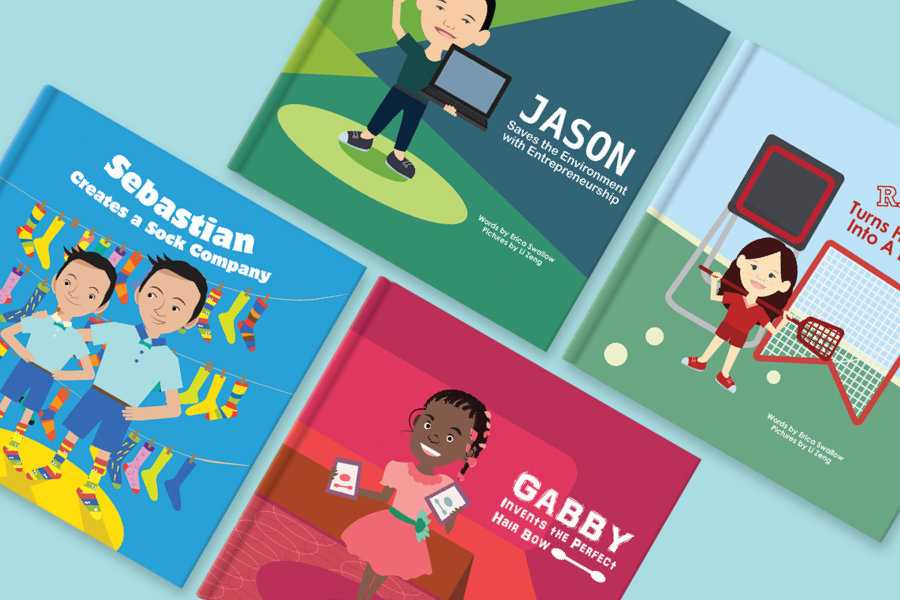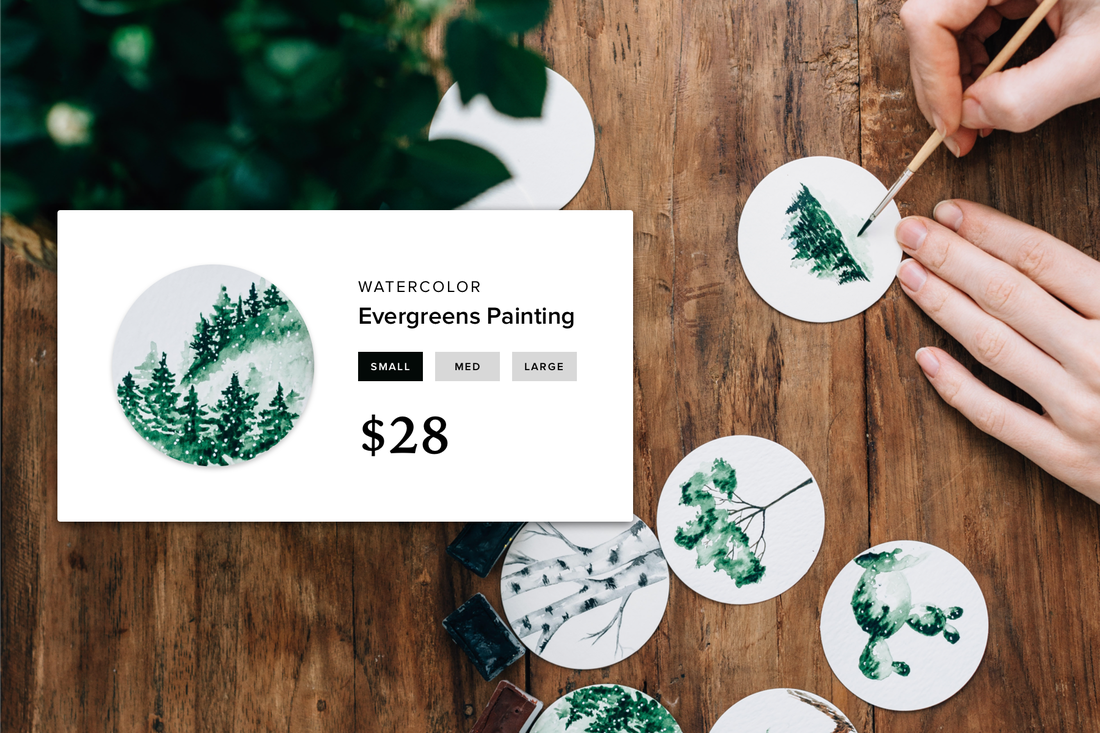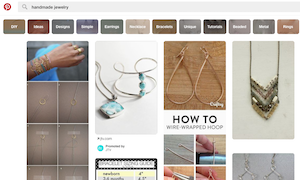For many small business owners, launching your first website is a little like being a mad scientist. You work long into the night, toiling in the darkness for weeks on end, until that magic moment when you flip the switch and scream, "It's Alive!" Then you stand back and wait to see whether you've revolutionized mankind or created a monster that will send your customers screaming for the hills. Okay, maybe that's an exaggeration, but the truth isn't far off.
If you've never made a website before, hitting that publish button can feel scary. But if you don't do it, you're missing out on a significant opportunity to improve your business. So, while it can be intimidating to bring your website to life, rest assured that there's minimal risk (despite the Frankenstein analogy). Just remember that you have to start somewhere and removing content from your website is easier than creating.
Once your website is live, you can start to get really creative. And that's where thinking like a scientist (mad or otherwise) can help. While there are some tried and true best practices for designing a great website, you'll never be able to create the best possible experience for your customers on your first try. Below are five ways you can start experimenting with the content on your site to meet your customer's evolving needs.
Once your website is live, you can start to get really creative. And that's where thinking like a scientist (mad or otherwise) can help. While there are some tried and true best practices for designing a great website, you'll never be able to create the best possible experience for your customers on your first try. Below are five ways you can start experimenting with the content on your site to meet your customer's evolving needs.
1) Remove Sloppy Copy
Whether it's a headline, subhead, product description or button copy, the words you use are extremely important to how your customers experience your website. Look at your copy with a critical eye (or better yet, have someone else do it) and consider how you might improve it.
Is anything too long? Too short? Redundant? How are you using persuasive language to inspire action? Are you emphasizing the positive benefits your brand offers or the negative problems you're helping to solve?
Once you've found areas you'd like to rework, test different options to see what performs best. Obviously, your measure of content testing success will differ depending on your goal. If you're trying to get more customers to create accounts, you might consider testing the copy in your call-to-action button. If you're trying to get people to visit your site, you might consider testing page titles for better SEO.
Remember that you're looking for the best combination of clear and compelling. A powerful tool to keep things simple is the Hemingway App, which promises to make your writing bold and clear. There are also a number of handy tools in the Weebly App Center to help improve the quality of your web copy.
Is anything too long? Too short? Redundant? How are you using persuasive language to inspire action? Are you emphasizing the positive benefits your brand offers or the negative problems you're helping to solve?
Once you've found areas you'd like to rework, test different options to see what performs best. Obviously, your measure of content testing success will differ depending on your goal. If you're trying to get more customers to create accounts, you might consider testing the copy in your call-to-action button. If you're trying to get people to visit your site, you might consider testing page titles for better SEO.
Remember that you're looking for the best combination of clear and compelling. A powerful tool to keep things simple is the Hemingway App, which promises to make your writing bold and clear. There are also a number of handy tools in the Weebly App Center to help improve the quality of your web copy.
2) Enhance Your Images
Some people think "content" only means words, but that's not true at all. Images are also a form of content and your choice of images (not to mention how you use them) play a critical role in your website's performance.
Similar to your copy audit, take a hard look at the images you're using and consider ways you could mix things up. If you're a fashion retailer, you might try testing an image of a jacket by itself against an image of a jacket on a model. Does one option lead to more sales? If you're in a service business, you could test a landing page with an image of your friendly staff versus an image of a finished job. Does one option lead to more lead form submissions?
In addition to testing different images, you can also test image sizes and image placement. Weebly's flexible themes provide a great reference for how images can dramatically change the look and feel of a website.
Similar to your copy audit, take a hard look at the images you're using and consider ways you could mix things up. If you're a fashion retailer, you might try testing an image of a jacket by itself against an image of a jacket on a model. Does one option lead to more sales? If you're in a service business, you could test a landing page with an image of your friendly staff versus an image of a finished job. Does one option lead to more lead form submissions?
In addition to testing different images, you can also test image sizes and image placement. Weebly's flexible themes provide a great reference for how images can dramatically change the look and feel of a website.
3) Mix Up Media
While copy and images make up the bulk of content for most websites, it's important to remember that not everybody likes to consume information in the same way. While a 500 word article might be a great fit for some people, a 60 second video could actually be more effective and lead to higher engagement. Experiment with both to see whether there is any improvement in performance. Are visitors staying on your site longer or checking our more pages?
Admittedly, testing multimedia content like videos and podcasts is a bigger challenge since they're harder to produce. However, with high-def video cameras built into every smartphone and editing technology standard on most computers, the lift may not be as difficult as you think.
Consider posting a DIY explainer video with a strong call-to-action on your homepage. Compare the video with a static hero banner image. Which one drives more conversions? Even if the video doesn't perform well on the homepage, you can still use it in other places like social media or email marketing.
Admittedly, testing multimedia content like videos and podcasts is a bigger challenge since they're harder to produce. However, with high-def video cameras built into every smartphone and editing technology standard on most computers, the lift may not be as difficult as you think.
Consider posting a DIY explainer video with a strong call-to-action on your homepage. Compare the video with a static hero banner image. Which one drives more conversions? Even if the video doesn't perform well on the homepage, you can still use it in other places like social media or email marketing.
4) Location, Location, Location
The words, images or videos you use aren't the only things that drive user behavior. The location of content on the page is also a key element that you can test. We already talked about testing the location of images, but what about buttons? Does a call-to-action button at the top of the page work better than a button at the bottom of the page? What if you have a button in both spots? Will you double your conversion? (Spoiler alert: Probably not.)
Weebly's flexible drag & drop design makes moving things around easy, so get in there and experiment. Of course, location applies to more than just individual page elements. Another thing to test is the order of your site's pages. Does adjusting the site navigation improve or diminish the user experience?
Weebly's flexible drag & drop design makes moving things around easy, so get in there and experiment. Of course, location applies to more than just individual page elements. Another thing to test is the order of your site's pages. Does adjusting the site navigation improve or diminish the user experience?
5) Prioritize Pricing
If you run any kind of eCommerce business, pricing decisions are a huge piece of your overall business strategy. But did you know that pricing also represents a great opportunity to test website content?
Adjusting the way you present pricing can dramatically impact conversion. For example, highlighting one pricing option as the “best value" or as the “most popular option" is a compelling way to get customers to take action.
Test adding different descriptive language or design elements to your pricing and see what happens. You can also put the pricing in different contexts. Does an annual subscription perform better than a month-to-month subscription?
No matter what you choose to test, be careful about not doing too much at one time. Isolating your content testing experiments is important. Otherwise it can be difficult to understand what is actually driving better performance. Once you're confident you know what's causing the improvement, you can continue to iterate to make things even better.
Remember, even the smartest scientists in the world don't know everything. That's why they spend their lives theorizing, hypothesizing and experimenting. Now, you can do the same with your website (no P.h.D. required).
Adjusting the way you present pricing can dramatically impact conversion. For example, highlighting one pricing option as the “best value" or as the “most popular option" is a compelling way to get customers to take action.
Test adding different descriptive language or design elements to your pricing and see what happens. You can also put the pricing in different contexts. Does an annual subscription perform better than a month-to-month subscription?
No matter what you choose to test, be careful about not doing too much at one time. Isolating your content testing experiments is important. Otherwise it can be difficult to understand what is actually driving better performance. Once you're confident you know what's causing the improvement, you can continue to iterate to make things even better.
Remember, even the smartest scientists in the world don't know everything. That's why they spend their lives theorizing, hypothesizing and experimenting. Now, you can do the same with your website (no P.h.D. required).
 Rob FrappierRob is a creative content strategist from Detroit. When he’s not developing integrated marketing campaigns, he’s probably watching Netflix.
Rob FrappierRob is a creative content strategist from Detroit. When he’s not developing integrated marketing campaigns, he’s probably watching Netflix.





